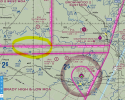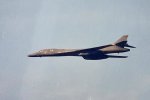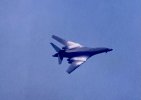What you are not seeing is the Brady Low MOAs to the south are 500AGL to 5,999MSL. The Brady High MOA which you depict is 6,000MSL to 17,999MSL. The Brady North (NOR*) is 3,600MSL to 17,999MSL. Yes, the Brownwood MOAs to the north are 7,000MSL to 17,999MSL. You are not depicting the cutouts around 81R and BBD that allow a 0-1500AGL corridor around the airports to transition in and out of the Brady Low MOA.
I would need to look at the history of the Brownwood MOAs to the north. At one time they may also have had a floor of 500ft AGL. Providing the corridor of the Brady North MOA with a floor at 3,600MSL allowed GA aircraft to transition east and west through the combined Brady and Brownwood MOAs. I agree, with Brownwood now at 7,000MSL and above, the Brady North does not make sense.
Please remember, yes you can transition a MOA, it is "joint use". Once you are in the MOA, the military needs to call a "knock it off" until you are sorted and on a known course and altitude. Depending on the military training mission and your altitude, they may continue and restrict their operations above or below your altitude. Your tax dollars at work, enter the MOA and spend a few more tax dollars while they cancel their training.




